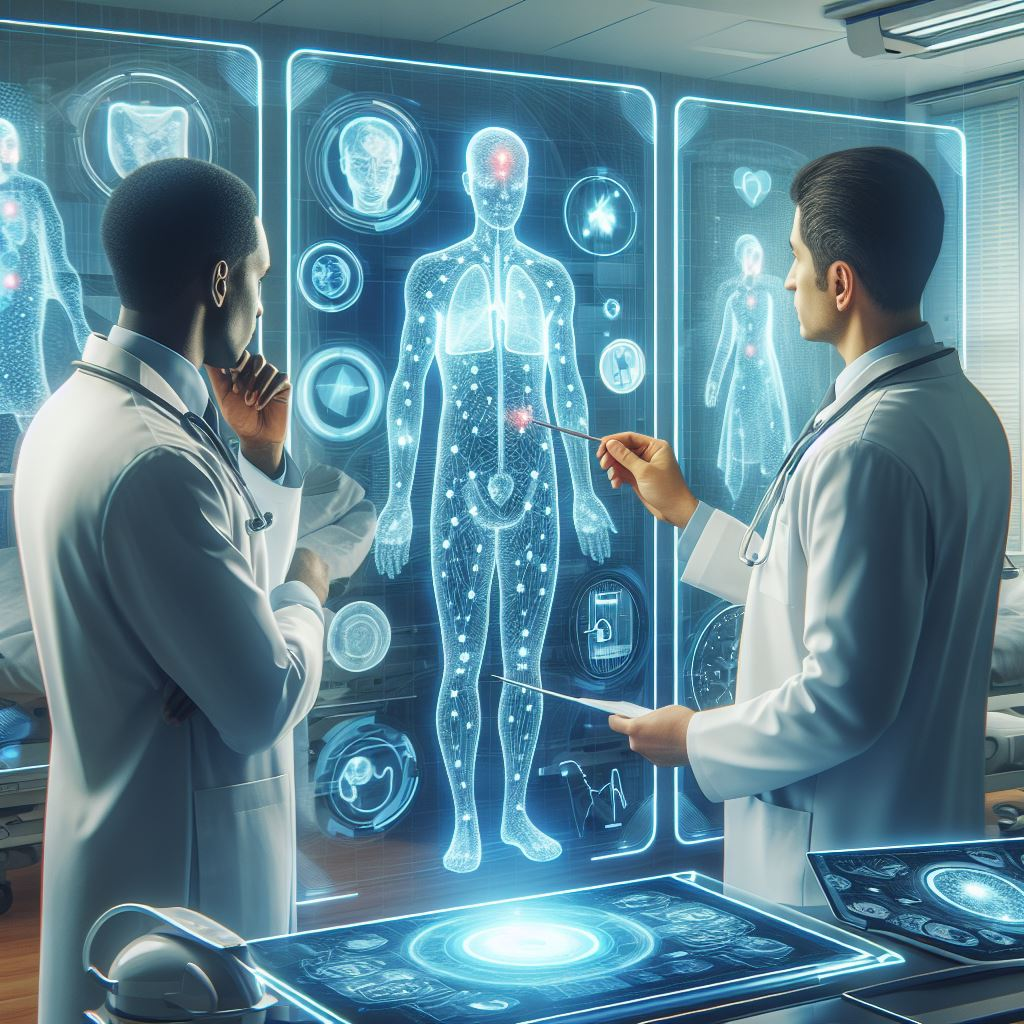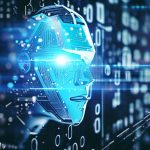The healthcare sector is undergoing a dramatic transition, with digital twin technology emerging as a game changer in personalising patient care and optimising clinical procedures. Using cutting-edge technologies and approaches, healthcare professionals may construct virtual duplicates of patients, ushering in a new age of precision medicine and data-driven decision-making.
The Digital Twin Ecosystem
At the core of digital twins is a sophisticated ecosystem of technologies that collaborate to generate a complete virtual depiction of a patient. This ecosystem consists of several fundamental components:
Real-time Data Integration: The core of digital twins is real-time data integration, which gathers detailed information from electronic health records (EHRs), wearable devices, medical equipment, and genetic data sources. This multi-source data flow guarantees that the digital twin correctly represents the patient’s current health status, allowing for a comprehensive understanding of their medical condition.
Advanced Analysis and Machine Learning: Advanced analytics and machine learning techniques are critical for analysing the massive amounts of patient data that are gathered. These sophisticated tools recognise patterns, anticipate health risks, and offer personalised treatment regimens based on individual traits and medical histories. Machine learning models may change and modify their predictions as they continually analyse incoming data, allowing for dynamic alterations to treatment regimens.
Virtual Simulations and Extended Reality: Virtual simulations allow healthcare practitioners to see and interact with digital patient replicas, creating a realistic training environment for testing situations and optimising treatment procedures. Extended reality technologies, such as virtual and augmented reality, provide immersive visualisation and training experiences, allowing healthcare professionals to navigate the digital twin’s complicated medical terrain in a safe and regulated setting. These cutting-edge technology provide educational opportunities and enable a better knowledge of patient situations.
AI and Predictive Analytics: Artificial intelligence (AI) powers predictive analytics, projecting illness development and enabling preventive therapies for high-risk people. By analysing patient data, AI systems may detect early warning signals, anticipate probable consequences, and offer preventive measures or early therapies. This proactive strategy enables healthcare practitioners to intervene promptly, perhaps lowering the severity of diseases and improving patient outcomes.
Cloud Computing and Data Management: Cloud computing infrastructure securely stores and processes the huge data volumes necessary for digital twins, providing healthcare organisations with scalability and accessibility for optimal patient data management. Cloud platforms also make it easier for healthcare workers to collaborate and share data, allowing for better care coordination and access to up-to-date patient information.
IoT with Real-Time Monitoring: The Internet of Things (IoT) plays an important role in digital twins because wearables and sensors continually monitor vital signs and health indicators, feeding real-time physiological data into the digital twin model. This real-time monitoring guarantees that the digital twin is up to date on the patient’s changing health condition, allowing for prompt interventions and changes to treatment regimens. IoT devices also allow patients to actively engage in their own care by giving useful self-monitoring data.
Applications & Benefits
The potential uses of digital twins in healthcare are extensive and far-reaching, with various advantages for patients, healthcare professionals, and the whole healthcare system.
Personalised Treatment Planning: Digital twins allow healthcare providers to simulate and analyse the probable consequences of various treatment choices based on each patient’s specific traits and medical history. Using virtual simulations, healthcare teams may make educated judgements on the best treatment approach, reducing possible risks and optimising outcomes.
Disease Progression Modelling and Preventive Care: Digital twins can simulate illness or condition progression over time by continually analysing patient data and adding real-time health information. This feature permits early diagnosis of possible concerns, allowing healthcare practitioners to adopt preventative measures or change treatments proactively, perhaps delaying or stopping disease development.
Clinical Trials and Drug Development: Digital twins can be used to represent patients in clinical trials or drug testing settings. This method can help discover probable adverse responses or optimise doses before undertaking human trials, lowering risks and expenses. Furthermore, digital twins can help create personalised medicine by modelling medication interactions and reactions depending on unique patient characteristics.
Patient Education and Engagement: Digital twins provide an effective tool for patient education and involvement. Healthcare providers may increase patient knowledge and encourage active engagement in their healthcare journey by visualising and describing a patient’s illness, treatment choices, and potential outcomes in an interactive and personalised manner.
Digital twins incorporate real-time data from wearable devices and home monitoring systems, allowing for remote monitoring of patients’ health state. This capacity is especially useful for patients with chronic diseases or those living in remote places, since it allows for early detection of possible concerns and prompt treatments without the need for in-person visits.
Healthcare Workforce Training: Digital twins can be used as virtual patient simulators to teach healthcare personnel in various settings, allowing them to practise diagnostic and treatment procedures without putting real patients at risk. This interactive training experience can help you improve your clinical skills, make better decisions, and be more prepared for challenging medical scenarios.
Ethical Concerns and Future Outlook
As the use of digital twins increases, healthcare organisations must address ethical concerns, data protection, and regulatory issues to guarantee responsible and secure deployment. Strong data governance structures, stringent security measures, and clear criteria for data usage and patient permission are required to preserve confidence and secure sensitive medical information.
Despite these obstacles, the future of healthcare lies in using the potential of digital twin technologies to deliver individualised, data-driven treatment that puts patients at the centre of innovation. As technology advances, the integration of digital twins with emerging technologies like quantum computing, blockchain, and advanced biosensors will expand their capabilities and open up new avenues for personalised medicine and optimised healthcare delivery.
Digital twins in healthcare represent a paradigm change, promising a future in which precision medicine, predictive analytics, and optimised clinical operations are the norm. Healthcare systems may create strong virtual patient representations by integrating cutting-edge technology such as data integration, sophisticated analytics, simulations, AI, cloud computing, IoT, and extended reality. These digital twins provide personalised treatment plans, predictive health insights, and more efficient clinical workflows, opening the door for better patient outcomes and innovative healthcare delivery models. As the healthcare sector accepts this novel approach, it offers the potential to transform patient care and drive innovation throughout the healthcare ecosystem.
Interested in learning more? Contact us at open-innovator@quotients.com for more information and to organise a personalised presentation. We’re available to answer any inquiries and demonstrate the capabilities firsthand. We look forward to engaging with you!






